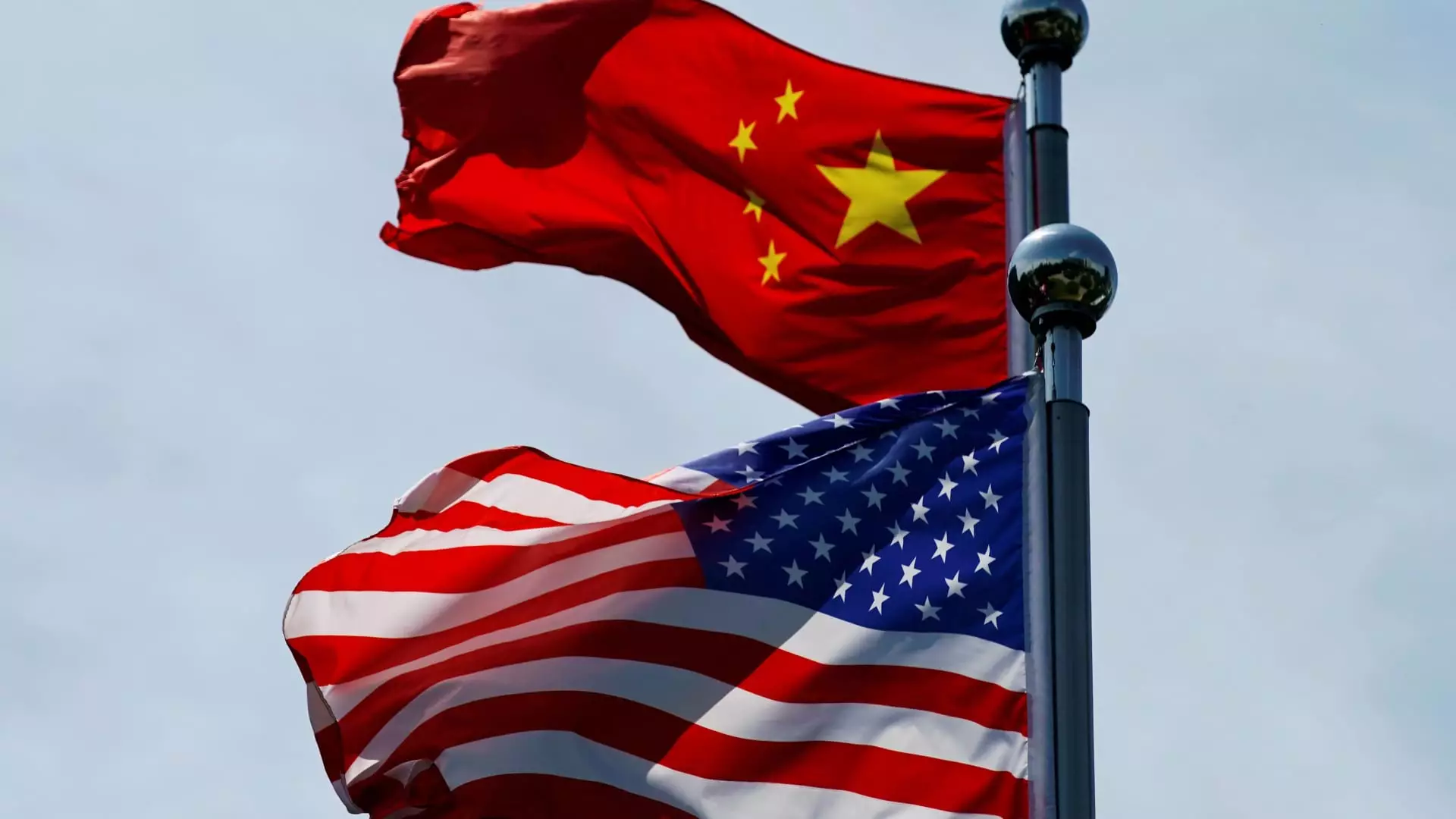In the ever-evolving landscape of global trade, the announcement of new tariffs can set off a chain reaction that reverberates through economies worldwide. Following a post on his social media platform, President-elect Donald Trump declared an intention to impose a 10% tariff on all Chinese goods entering the United States, which he articulated as a measure against the ongoing issues related to illegal immigration and the drug trade. This proposed tariff comes shortly before his inauguration, marking a firm stance that could reshape trade dynamics, particularly with China and neighboring countries like Mexico and Canada.
Tariffs have historically been a point of contention in international relations, serving as both a protective measure for domestic industries and as a potential catalyst for trade wars. Trump’s announcement, which follows previous threats of tariffs as high as 60% on Chinese imports, underscores a broader economic strategy that prioritizes stringent border controls and a crackdown on illegal drugs, particularly emphasizing synthetic opioids like Fentanyl. This decision is rooted in a belief that trade imbalances contribute to larger issues, including crime and drug trafficking.
Trump’s rationale extends beyond mere profit margins; he insists that the flow of illegal drugs into the U.S. must be addressed through financial deterrents against the countries responsible for their production. His assertion that China has failed to enact stringent penalties against drug dealers only serves to exacerbate tensions between the two nations, raising the stakes for bilateral negotiations.
Market analysts have expressed varied expectations regarding the impact of Trump’s tariff proposals. Kinger Lau from Goldman Sachs notes that the anticipated 10% tariff falls short of market expectations, which ranged between 20% and 30%. This discrepancy suggests a degree of caution among investors, who are now recalibrating their strategies in light of potential economic shifts driven by these policy changes. Furthermore, analysts predict that China may respond with monetary adjustments, such as cutting interest rates and increasing fiscal stimulus to stave off the adverse impacts of heightened tariffs.
The interconnectedness of U.S. and Chinese markets means that any sudden policy implementations can send ripples through both economies. As the U.S. stands as China’s largest single-country trading partner, trade relations are grounded in mutual economic dependency. A shift toward protectionist policies could ultimately lead to countermeasures from China, though current evaluations suggest that immediate retaliation is unlikely.
Simultaneously, Trump’s tariffs threaten to destabilize trade agreements with Canada and Mexico. His proposal for a 25% tariff on imports from these neighboring countries marks a dramatic shift away from the established framework of the North American Free Trade Agreement (NAFTA). This raises questions about the future of trade relations in North America, which have significantly benefited from established trade norms and lower tariffs.
If implemented, these tariffs could lead to increased prices for consumers in the U.S., making imports from Mexico and Canada more expensive, while also challenging the existing supply chains that rely on cross-border trade. The implications extend beyond convenience and pricing; there is a potential for economic slowdown if consumption patterns alter substantially in response to rising costs.
As Trump prepares to assume office, the broader implications of his trade policies will need careful consideration. Relations with China and North America hinge on a delicate balance of cooperation and competition. While the proposed tariffs reflect a protective economic strategy, they also risk inciting prolonged disputes that could hinder diplomatic relations and lead to economic repercussions for all parties involved.
Furthermore, the effectiveness of such tariffs in curbing the flow of illegal drugs raises questions about their real impact. As negotiations and policies unfold, stakeholders across industries must remain vigilant, responding proactively to shifts in trade dynamics while fostering a balanced approach that promotes long-term stability.
The potential implementation of tariffs by the incoming administration could herald a new chapter in U.S. trade policy—one marked by assertiveness and a desire to tackle pressing domestic issues. However, stakeholders must weigh the risks against the potential benefits, as the global economic landscape is susceptible to change. The decisions made in these early days may define U.S. trade relations for years to come, necessitating a strategic approach that accounts for both immediate concerns and future implications.

